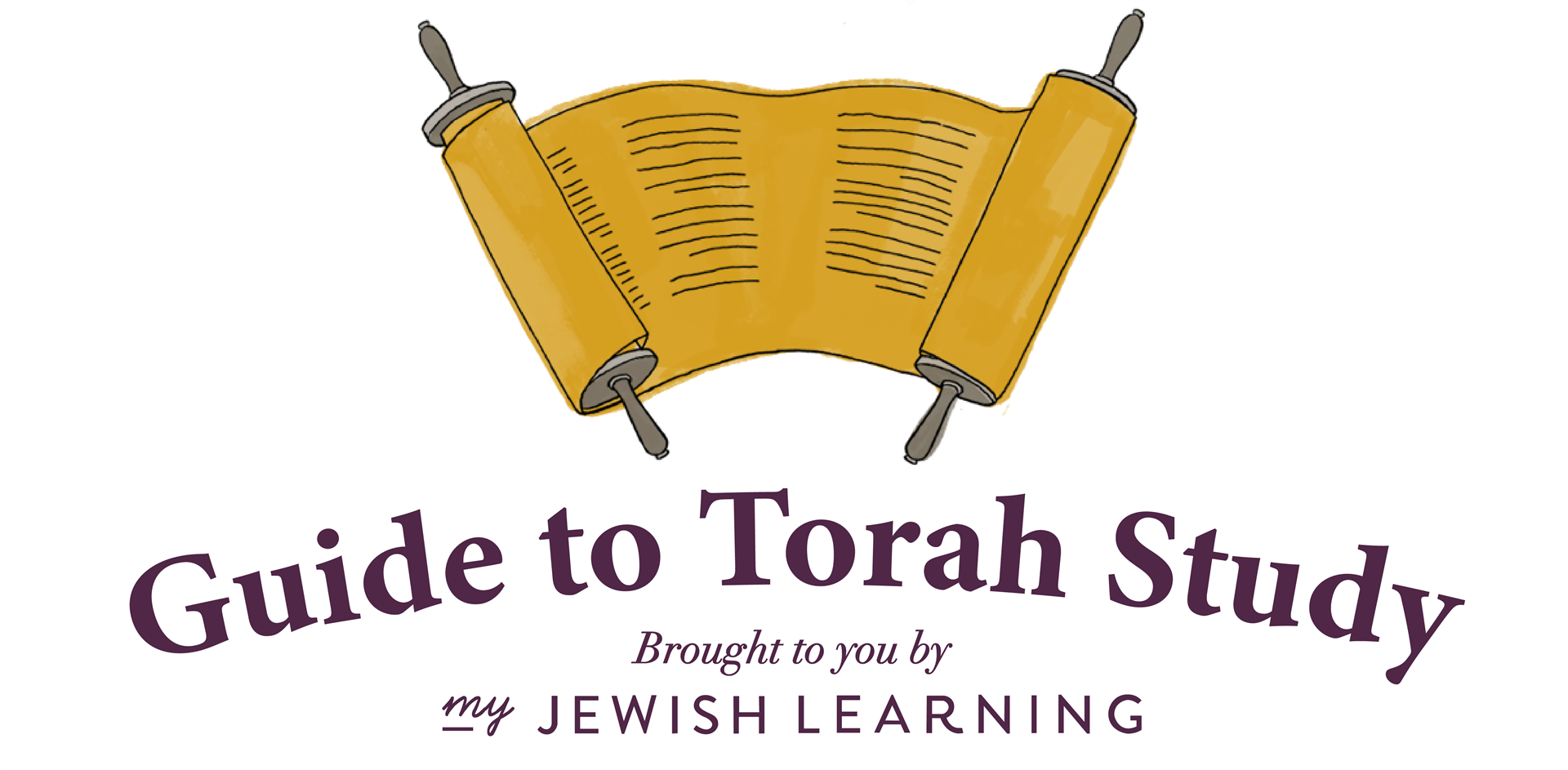Welcome to Part 2 of My Jewish Learning's introduction to Jewish text study.
What Do We Mean By "Torah"?
The Torah is the foundational text of Jewish life and its study is considered a sacred obligation. It’s the gateway to the vast trove of Jewish wisdom, ethical teachings and ritual guidance.
The word “Torah” can refer to the first five books of the Hebrew Bible, but often refers to the full set of writings that make up Jewish sacred literature, including the books of the Prophets, writings like the Psalms, and commentaries and legal codes based on these texts. Below, review the types of texts that you’re likely to encounter when studying Torah.
|
|
Tanach
Also known as the Hebrew Bible, Tanach is an acronym for its three parts: Torah, or the Five Books of Moses; the writings of the Prophets, known as Neviim in Hebrew; and the Writings, Ketuvim in Hebrew, which include diverse works of poetry, philosophy and history.
To study Tanach, the weekly Torah portion and its related reading is a good place to start.
|
|
|
|
Both Tanach and the Talmud have generated a vast amount of rabbinic commentary, without which it’s often impossible to parse a text’s essential meaning. The most famous and authoritative of all the commentators is Rashi, who was born in France in the 11th century. But there are countless others, both ancient and modern.
|
|
The Midrash is a collection of interpretive texts based on the Bible. The texts of the Midrash, compiled over the course of a millennium, are generally divided into two types — midrash halacha, which concerns issues of Jewish law and religious practice, and midrash aggadah, which explores issues of ethics or theology through stories.
|
|
Legal Codes
Over the centuries, various efforts have been made to distill the vast array of rabbinic writings into practical guides to daily life and Jewish law, known as halachah. The medieval philosopher and rabbi Maimonides (also known as the Rambam) produced one such code, known as the Mishneh Torah. Rabbi Joseph Caro produced another, known as the Shulchan Aruch (literally “the set table”), in the 16th century.
|
|
Not everything that could be considered a Jewish text falls into one of the above categories. The Zohar, the foundational text of Jewish mysticism, and the siddur, the Jewish prayer book that exists in countless variations, are also Jewish texts. As are the many works of Jewish law, philosophy, ethics and history. So what constitutes a Jewish text?
|
|

